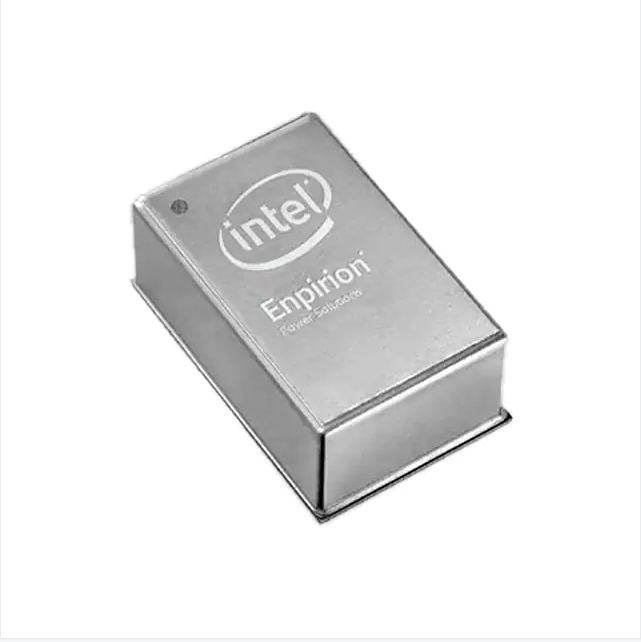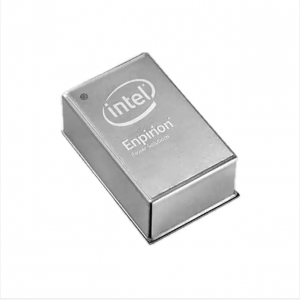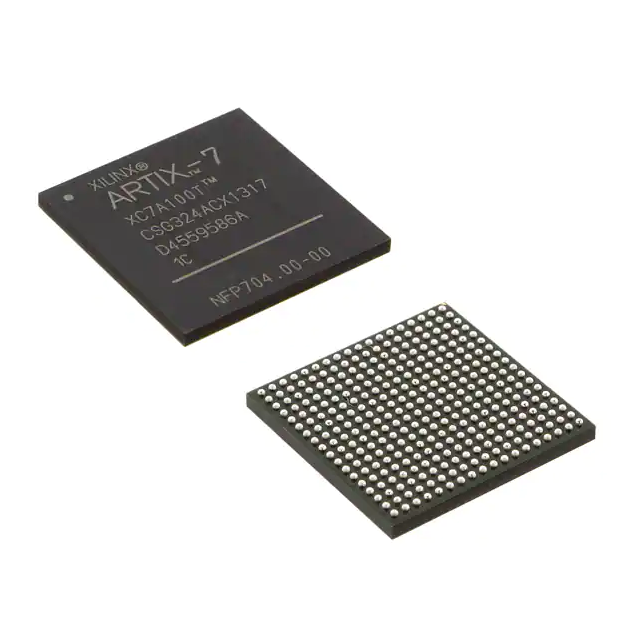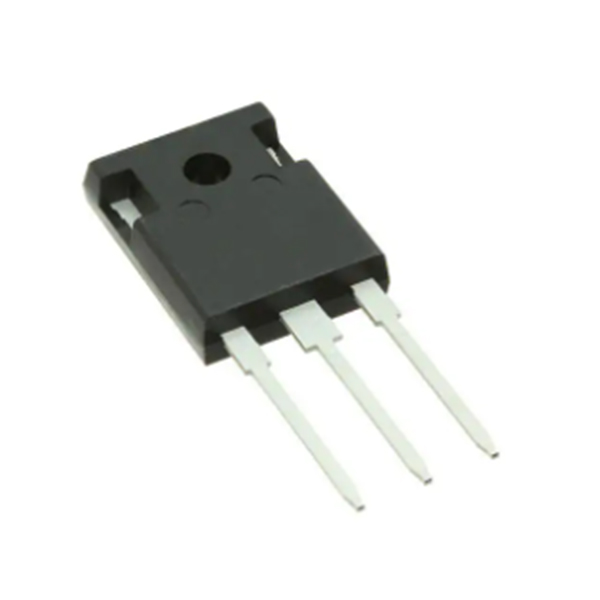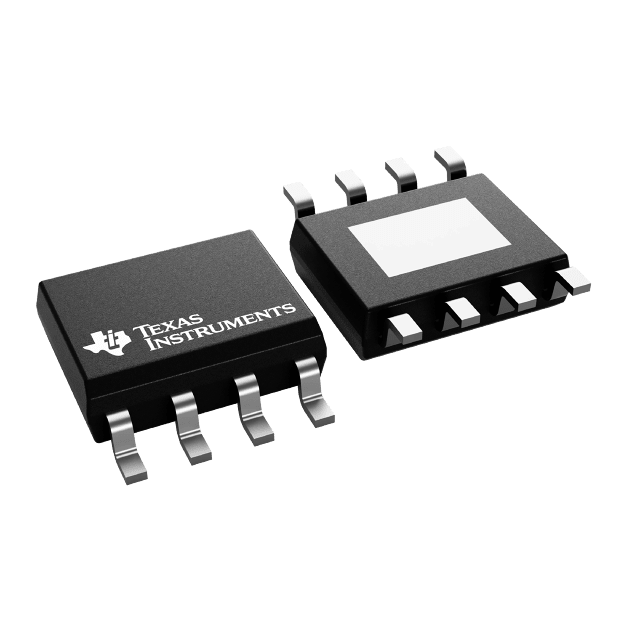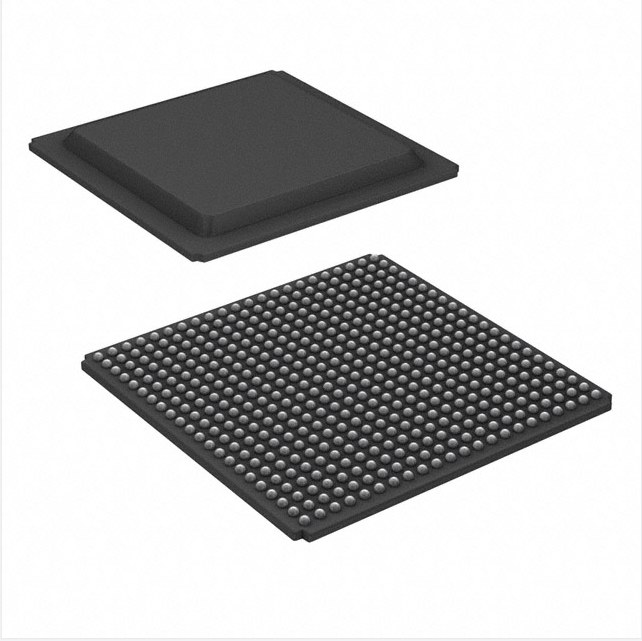Semi con New Original Integrated Circuits EM2130L02QI IC Chip BOM list service DC DC CONVERTER 0.7-1.325V
Product Attributes
| TYPE | DESCRIPTION |
| Category | Power Supplies – Board Mount DC DC Converters |
| Mfr | Intel |
| Series | Enpirion® |
| Package | Tray |
| Standard Package | 112 |
| Product Status | Obsolete |
| Type | Non-Isolated PoL Module, Digital |
| Number of Outputs | 1 |
| Voltage – Input (Min) | 4.5V |
| Voltage – Input (Max) | 16V |
| Voltage – Output 1 | 0.7 ~ 1.325V |
| Voltage – Output 2 | - |
| Voltage – Output 3 | - |
| Voltage – Output 4 | - |
| Current – Output (Max) | 30A |
| Applications | ITE (Commercial) |
| Features | - |
| Operating Temperature | -40°C ~ 85°C (With Derating) |
| Efficiency | 90% |
| Mounting Type | Surface Mount |
| Package / Case | 104-PowerBQFN Module |
| Size / Dimension | 0.67″ L x 0.43″ W x 0.27″ H (17.0mm x 11.0mm x 6.8mm) |
| Supplier Device Package | 100-QFN (17×11) |
| Base Product Number | EM2130 |
Important Intel innovations
In 1969, the first product, the 3010 Bipolar Random Memory (RAM), was created.
In 1971, Intel introduced the 4004, the first general-purpose chip in human history, and the resulting computing revolution changed the world.
From 1972 to 1978, Intel launched the 8008 and 8080 processors [61], and the 8088 microprocessor became the brain of the IBM PC.
In 1980, Intel, Digital Equipment Corporation, and Xerox joined forces to develop Ethernet, which simplified communication between computers.
From 1982 to 1989, Intel launched 286, 386, and 486, the process technology achieved 1 micron and the integrated transistors exceeded one million.
In 1993, the first Intel Pentium chip was launched, the process was reduced to below 1 micron for the first time, achieving a 0.8 micron level, and the integrated transistors jumped to 3 million.
In 1994, USB became the standard interface for computer products, driven by Intel’s technology.
In 2001, the Intel Xeon processor brand was first introduced for data centers.
In 2003, Intel released Centrino mobile computing technology, promoting the rapid development of wireless Internet access and ushering in the era of mobile computing.
In 2006, Intel Core processors were created with a 65nm process and 200 million integrated transistors.
In 2007, it was announced that all 45nm high-K metal gate processors were lead-free.
In 2011, the world’s first 3D tri-gate transistor was created and mass-produced at Intel.
In 2011, Intel unites with industry to drive the development of Ultrabooks.
In 2013, Intel launched the low-power, small-form factor Quark microprocessor, a big step forward in the Internet of Things.
In 2014, Intel launched Core M processors, which entered a new era of single-digit (4.5W) processor power consumption.
On 8 January 2015, Intel announced the Compute Stick, the world’s smallest Windows PC, the size of a USB stick that can be connected to any TV or monitor to form a complete PC.
In 2018, Intel announced its latest strategic goal of driving a data-centric transformation with six technology pillars: process and packaging, XPU architecture, memory and storage, interconnect, security, and software.
In 2018, Intel launched Foveros, the industry’s first 3D logic chip packaging technology.
In 2019, Intel launched the Athena Initiative to drive breakthrough development in the PC industry.
In November 2019, Intel officially launched the Xe architecture and three microarchitectures – low-power Xe-LP, high-performance Xe-HP, and Xe-HPC for supercomputing, representing Intel’s official path towards standalone GPUs.
In November 2019, Intel first proposed the one API industry initiative and released a beta version of one API, stating that it was a vision for a unified and simplified cross-architecture programming model that would hopefully not be limited to single-vendor-specific code builds and would enable integration of legacy code.
In August 2020, Intel announced its latest transistor technology, 10nm SuperFin technology, hybrid bonded packaging technology, the latest WillowCove CPU microarchitecture, and Xe-HPG, the latest microarchitecture for Xe.
In November 2020, Intel officially announced two discrete graphics cards based on the Xe architecture, the Sharp Torch Max GPU for PCs and the Intel Server GPU for data centers, along with the announcement of the API toolkit Gold version to be released in December.
On 28 October 2021, Intel announced the creation of a unified developer platform compatible with Microsoft developer tools. In October, Raja Koduri, senior vice president and general manager of Intel’s Accelerated Computing Systems and Graphics Group (AXG), revealed on Twitter that they do not intend to commercialize the Xe-HP GPU line-up. Intel plans to halt the company’s subsequent development of its Xe-HP line of server GPUs and will not bring them to market.
On November 12, 2021, at the 3rd China Supercomputing Conference, Intel announced a strategic partnership with the Institute of Computing, the Chinese Academy of Sciences to establish China’s first API Centre of Excellence.
On November 24, 2021, the 12th Generation Core High-Performance Mobile Edition was shipped.
2021, Intel releases new Killer NIC driver: UI interface redone, one-click network speedup.
December 10, 2021 – Intel will discontinue some models of the Cheetah Canyon NUC (NUC 11 Performance), according to Liliputing.
12 December 2021 – Intel announced three new technologies at the IEEE International Electronic Device Meeting (IEDM) through multiple research papers to extend Moore’s Law in three directions: quantum physics breakthroughs, new packaging, and transistor technology.
On December 13, 2021, Intel’s website announced that Intel Research had recently established the Intel® Integrated Optoelectronics Research Center for Data Center Interconnects. The center focuses on optoelectronics technologies and devices, CMOS circuit and link architectures, and package integration and fiber coupling.
On January 5, 2022, Intel released several more 12th-generation Core processors at CES. Compared to the previous K/KF series, the 28 new models are mainly non-K series, positioned more mainstream, and the Core i5-12400F with 6 large cores is only $1,499, which is cost-effective.
In February 2022, Intel released the 30.0.101.1298 graphics card driver.
February 2022, Intel’s 12th generation Core 35W models are now available in Europe and Japan, including models such as the i3-12100T and i9-12900T.
On 11 February 2022, Intel launched a new chip for blockchain, a scenario for bitcoin mining and casting NFTs, positioning it as a “blockchain accelerator” and creating a new business unit to support development. The chip will be shipped by the end of 2022 and the first customers include well-known Bitcoin mining companies Block, Argo Blockchain, and GRIID Infrastructure, among others.
March 11, 2022 – Intel this week released the latest version of its new Windows DCH graphics driver, version 30.0.101.1404, which focuses on cross-adapter resource scan-out (CASO) support on Windows 11 systems running on 11th generation Intel Core Tiger Lake processors. The new version of the driver supports Cross-Adapter Resource Scan-Out (CASO) to optimize processing, bandwidth, and latency on hybrid graphics Windows 11 systems on 11th-generation Smart Intel Core processors with Intel Torch Xe graphics.
The new 30.0.101.1404 driver is compatible with all Intel Gen 6 and higher CPUs and also supports Iris Xe discrete graphics and supports Windows 10 version 1809 and higher.
In July 2022, Intel announced that it will provide chip foundry services for MediaTek, using a 16nm process.
In September 2022, Intel introduced the latest Connectivity Suite 2.0 technology to foreign media at an international technology tour held at its facility in Israel, which will be available with the 13th generation Core. connectivity Suite version 2.0 builds on Connectivity Suite version 1.0′s support for combining wired Connectivity Suite version 2.0 adds support for cellular connectivity to Connectivity Suite version 1.0′s support for aggregating wired Ethernet and wireless Wi-Fi connections into a wider data pipe, enabling the fastest wireless connectivity on a single PC.






